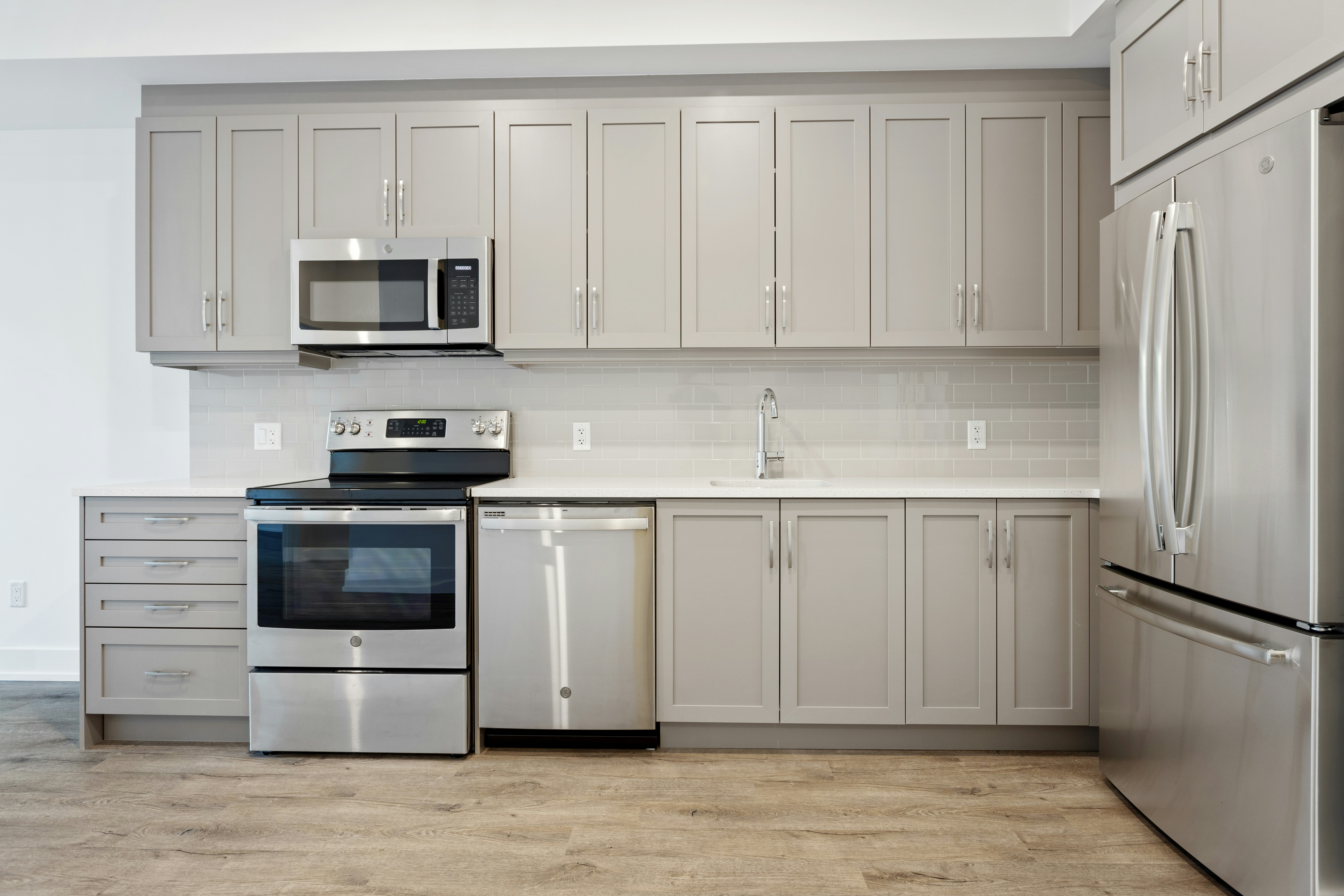The Emerging Trend of Micro Apartments in Urban Real Estate
Introduction: Imagine living in a space no larger than a hotel room—but with a full kitchen, bathroom, and even a sleeping loft. Welcome to the world of micro apartments, a rising trend in urban real estate. As property prices soar and the demand for affordable living intensifies, micro apartments are emerging as an innovative solution.
A Historical Overview of Micro Apartments
Micro apartments, also known as micro units or micro flats, are small residential units that typically range from 200 to 400 square feet. The concept is not new; it traces its roots back to the post-war era when single-room occupancy (SRO) units were prevalent in American cities. However, the modern version of micro apartments is more than just a place to live—it’s a lifestyle choice, an answer to urbanization, rising property prices, and a demand for affordable, central city living.
The Current Landscape: Micro Apartments and Market Trends
The trend of micro apartments has gained momentum over the last decade. In major cities like New York, San Francisco, and Seattle, developers are building micro apartments in response to the demand for affordable housing. According to real estate data, the average monthly rent for a micro apartment in these cities is 20-30% lower than a standard one-bedroom. This affordability has made micro apartments particularly attractive to young professionals, students, and those seeking to downsize.
The Strategy: Advantages and Challenges of Micro Apartments
The appeal of micro apartments lies in their affordability and location. These units are often located in central city locations, making them ideal for those who prioritize access to work, education, and city amenities. However, the small size of these units can be challenging. Designing functional and comfortable living spaces in such a restricted area requires innovative solutions. Moreover, critics argue that micro apartments may contribute to a decline in living standards and an increase in social isolation.
The Financial Implications of Micro Apartments
From an investment standpoint, micro apartments can be highly profitable. Developers can fit more units into a given space, leading to higher rental yields. Additionally, the demand for affordable housing in urban areas suggests a strong market for these units. However, investors should also consider potential regulatory risks, as some cities have size restrictions for residential units.
The Future of Micro Apartments: An Impact Analysis
The micro apartment trend reflects broader societal shifts. As urbanization continues and the traditional nuclear family becomes less common, the demand for small, affordable housing in city centers is likely to increase. The success of micro apartments could trigger a reevaluation of space and design in residential real estate, leading to more innovative housing solutions. Yet, it’s crucial to ensure that this trend does not compromise the quality of living or exacerbate social issues.
In conclusion, micro apartments are more than a real estate trend—they’re a response to changing societal needs and urban challenges. As this sector continues to evolve, it will be fascinating to see how the real estate industry adapts to cater to the increasing demand for affordable, urban living options.





